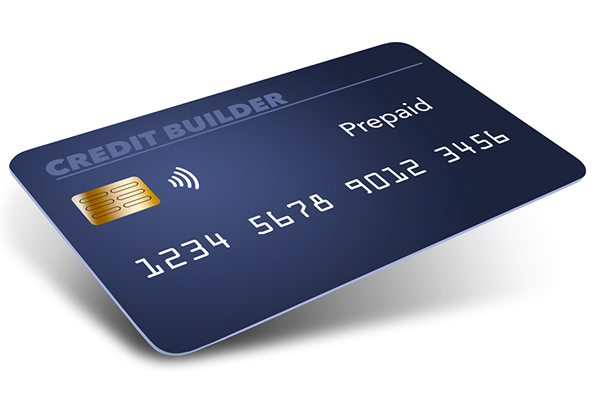A prepaid card is a kind of debit card, just like a gift card or stored-value card. And all these can be reloaded with cash. You can pump money into a prepaid card, and use it at places where networks like Mastercard, Visa, Discover, and American Express are accepted.
You can buy these cards at supermarkets, convenience stores, and groceries, or directly from the companies issuing these. Unlike credit cards, you can put your money into the card and then use them. Once the money gets over, you can refill the card again from an ATM or via direct deposit. Also, you don’t need a bank account either to acquire a prepaid card.
These cards are of two types, open-loop (general purpose ones, allowing customers to use them in an identical manner like credit/debit ones). This category of cards is used mainly for delivering government benefits and employee compensation. The second type is called close-loop and these cards can only be used at particular places like coffee shops, groceries, and convenience stores.
In the United States, prepaid cards are used mostly by unbanked adults. And yes, these cards have a set of advantages of their own.
You don’t go into debt, with a prepaid card inside your purse, as you can’t spend more than the already deposited amount. So it helps you to meet your budget goals, as you can plan your monthly spending priorities and then refill your prepaid card as per the requirement.
If you overdraw a checking account, then banks will impose penalties. With prepaid cards, these fees don’t haunt the customers.
In case fraudsters hack your prepaid card details, it will be a futile exercise as you can’t financially lose more than your balance. For a debit card, the customers get liability protections, in scenarios like card/data theft. However, most of these prepaid cards are covered under the Electronic Fund Transfer Act, under which the card issuers will have to reimburse their customers, in case of unauthorized charges.
If you timely report your card loss, you will get additional protection benefits as well. Also, these prepaid cards are insured by the Federal Deposit Insurance Corporation, under which balances up to USD 250,000 will be protected, if the bank faces a serious operational crisis. However, customers need to register their cards with FDIC, in order to obtain coverage.
In case you have unpaid fees with a bank and trying to open another account in another financial institution, things can get complicated. Generally, banks go for financial background verification, before processing the customer’s request for account opening. They check for any unpaid fees in the previously closed accounts. Having prepaid cards will save the customer from such embarrassment.
Prepaid cards also have a customer rewards programme. American Express Serve Cash Back Reward has unlimited 1% cash back on all purchases. Walmart Money Card offers 3% cash back at Walmart.com and in the Walmart app, followed by 2% cash back at the company’s fuel stations and 1% at company outlets, amounting to USD 75 yearly. However, these cards have disadvantages too.
These cards don’t report customer transaction history to the credit bureaus. So using them won’t help to build your credit portfolio. Without a credit score, applying for loans or any other financial services will be difficult as well. So in that case, you need to again go for a secured credit card, which caters to customers with limited/poor credit history. Affording this card will result in your transaction details getting registered with the credit bureaus.
Despite offering a lot of advantages, these cards also come with fees like activation, transaction, and reloading. For not using the card for a considerable period of time, you may even face an inactivity fee. All these fees hammer the card balance.
A good example here is the Green Dot 2% Cash Back Visa Debit Card. Despite its 2% reward programme, it charges a fee such as the one for making in-store purchases. Also reloading the card costs the customers to shell out USD 5.95, apart from 50 cents for using out-of-network ATMs to check the card balance. If you lose the card and need another one, the replacement one carries a delivery charge of USD 5.
While within the United States, these cards have been a rage, some countries don’t accept them for transactional purposes. So if you are traveling in one of those countries, carry your credit and debit cards as well, if you have them already.



